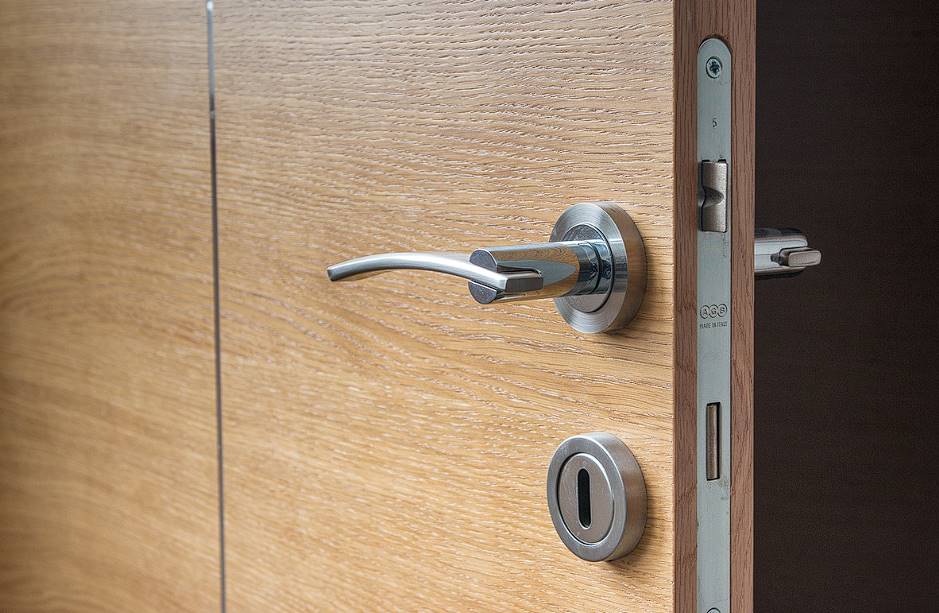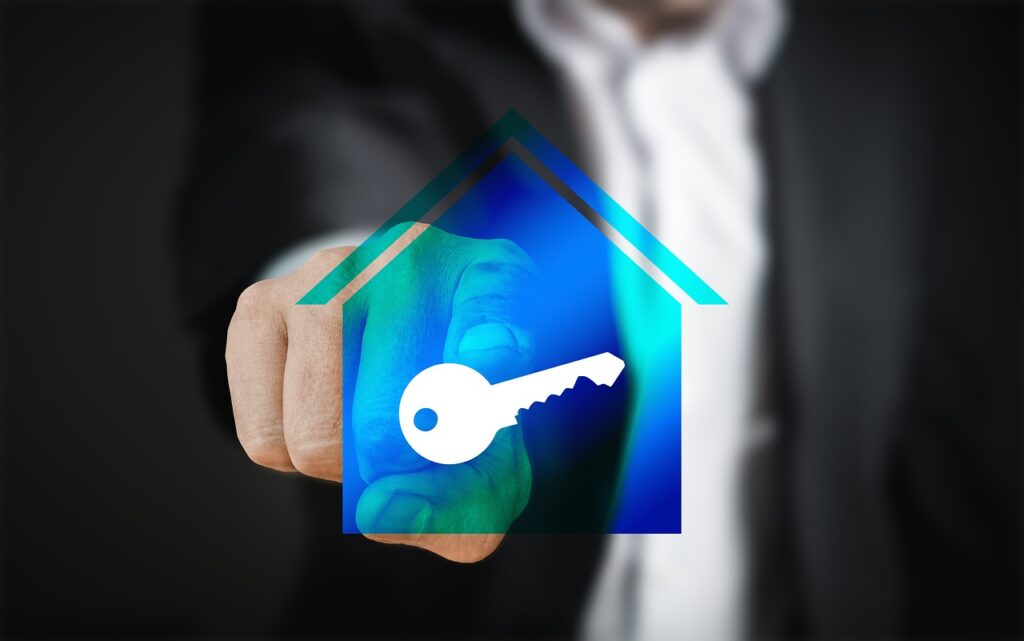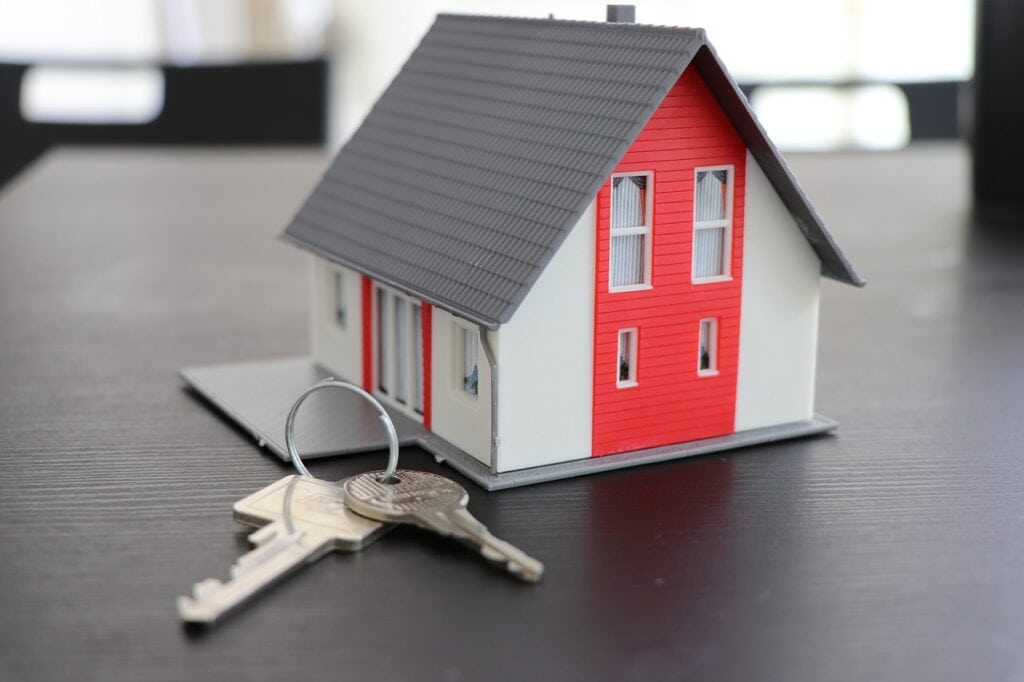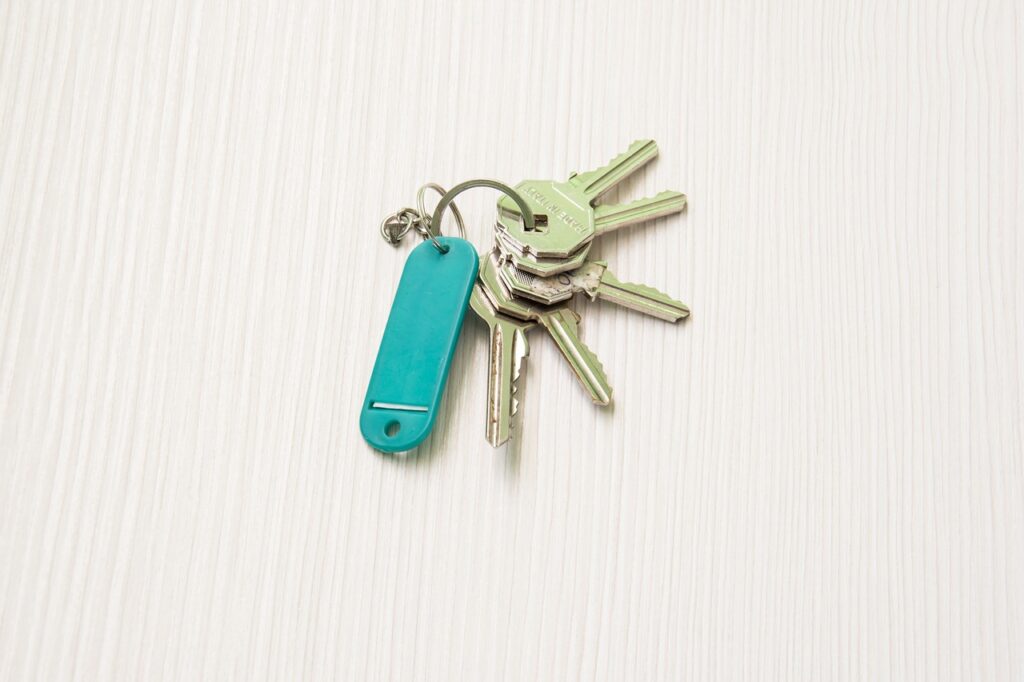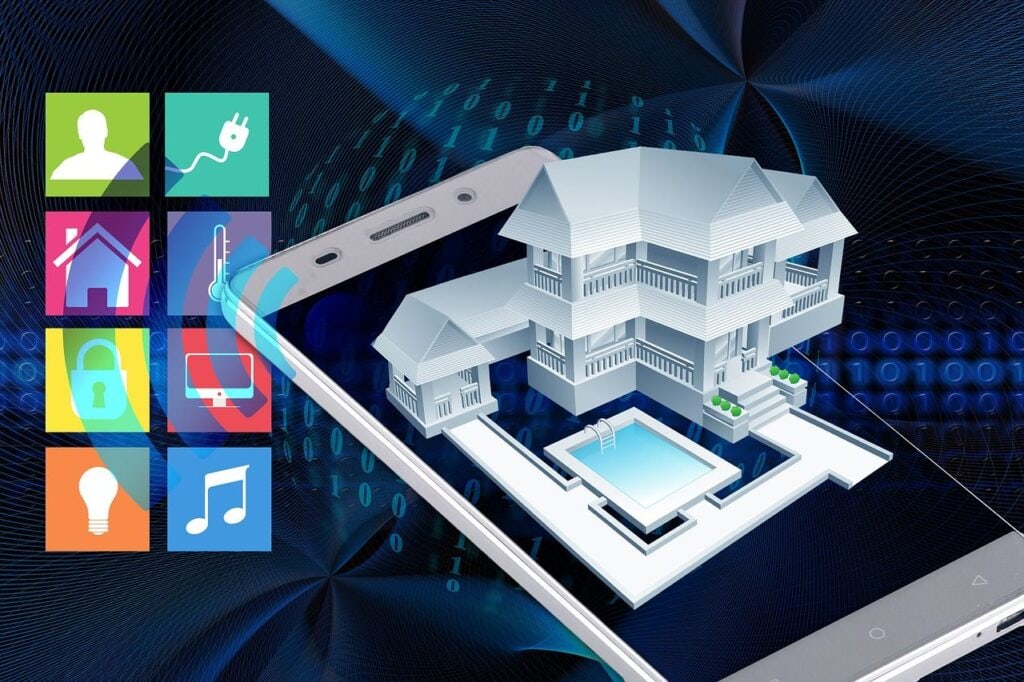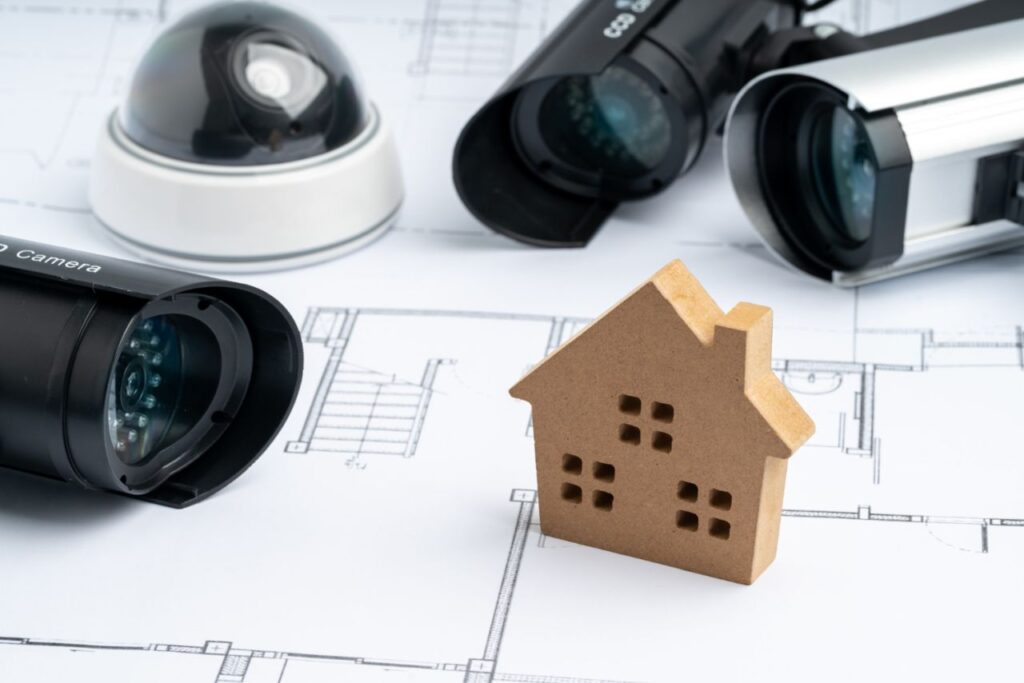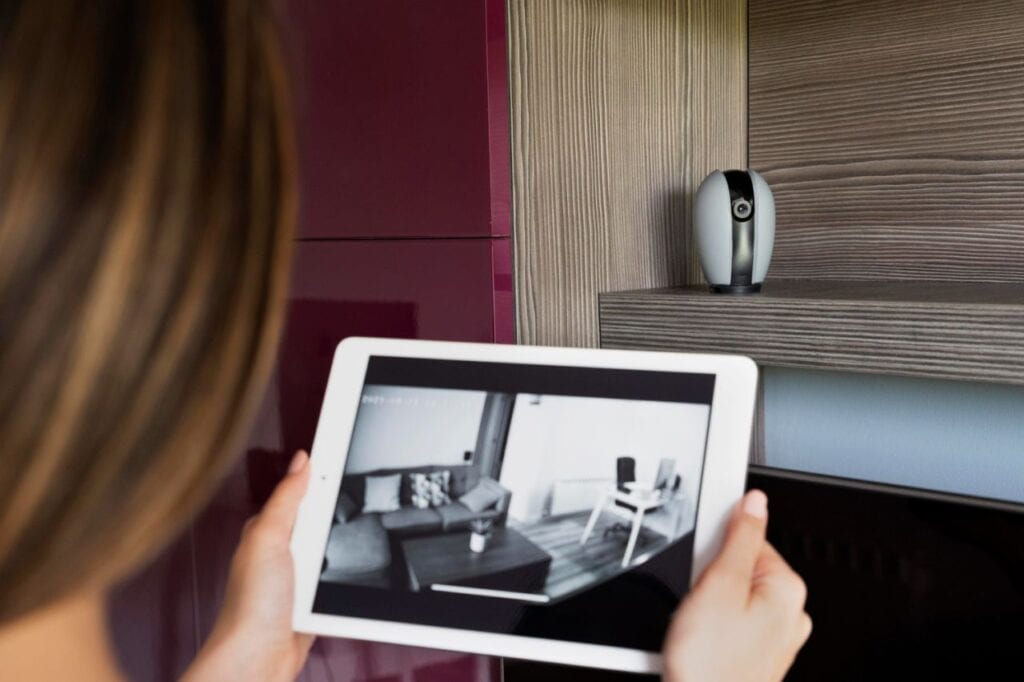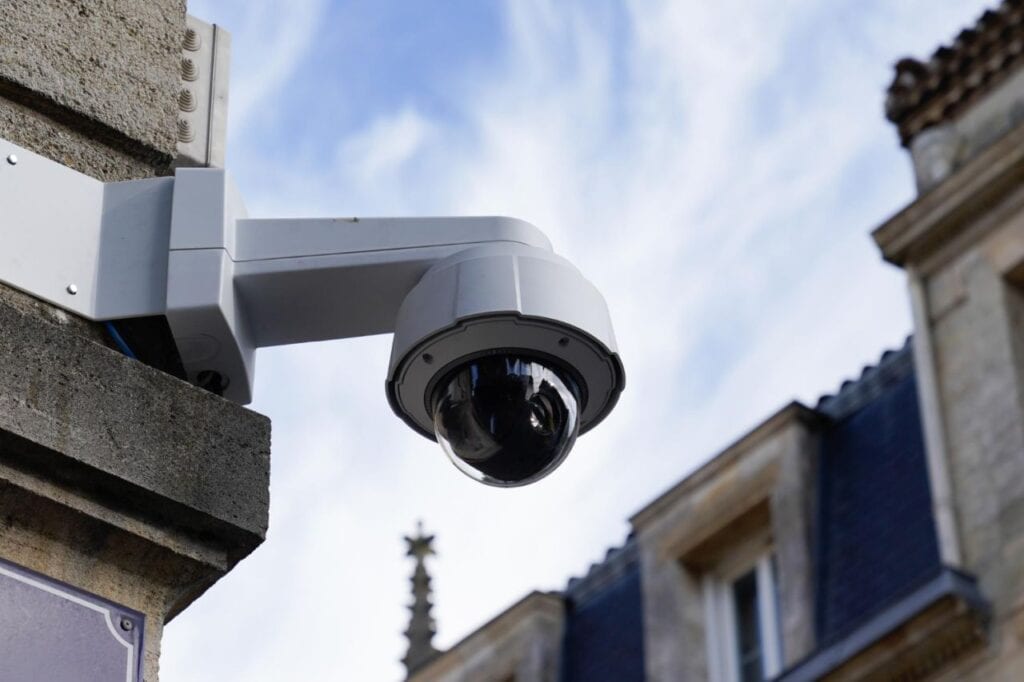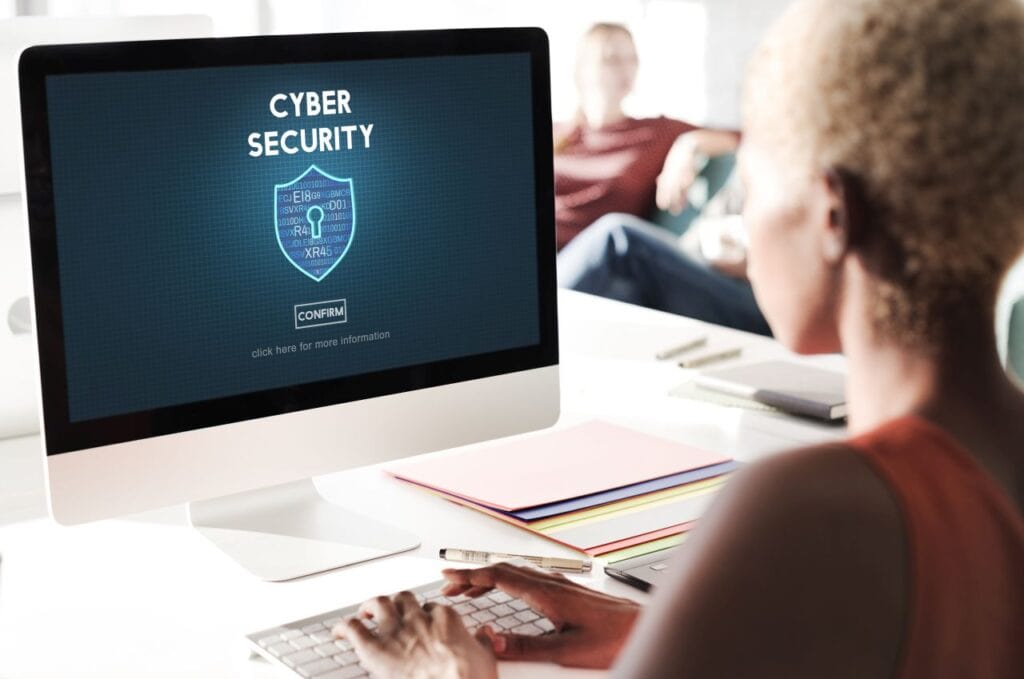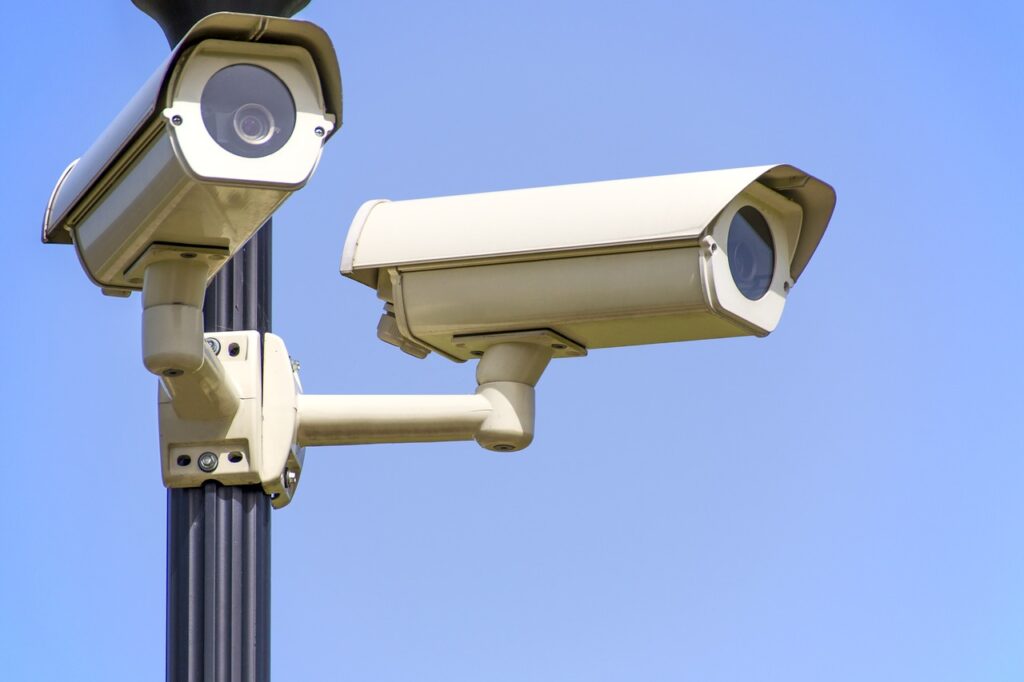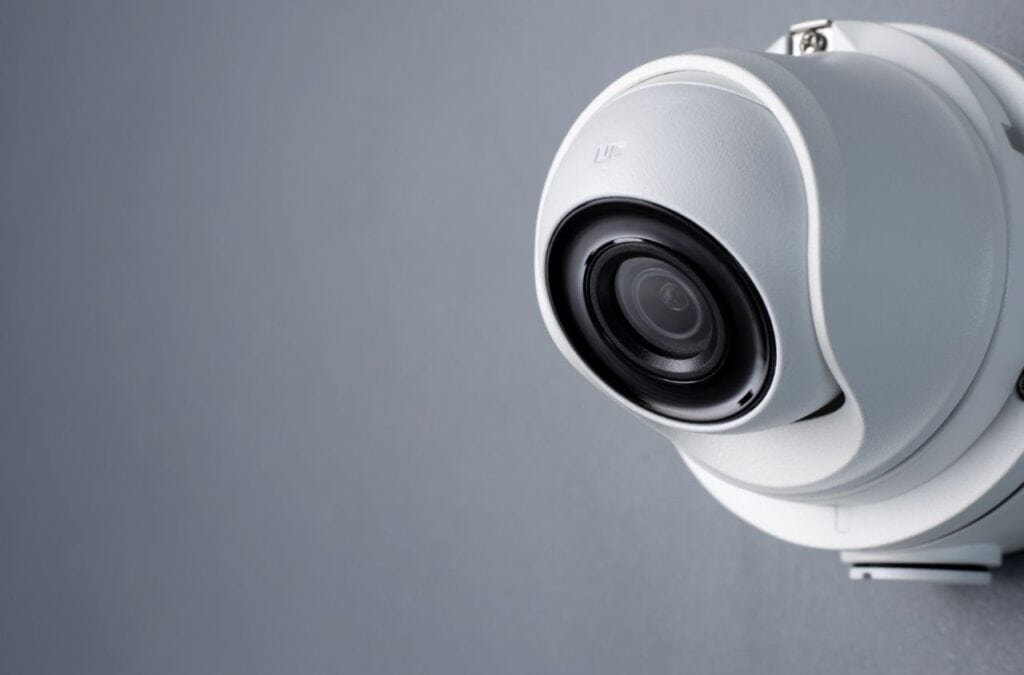Do you need an updated access control system for your commercial building's security? To what extent would you benefit from being able to manage who enters and leaves your building, as well as the times they are permitted to do so, from the convenience of your smartphone?
Here you may learn more about commercial access control deployment and cloud-based access control systems.
There is a wide range of access control systems available, each with its own set of features, capacities, integration options, and applications. Four-door systems are sufficient for some buildings, especially those with limited space. There are also those that need to monitor entry to over twenty doors in a sprawling office building using a combination of fingerprint scans and prox cards. Regardless of the specifics of the industry or nature of the organisation, a proper access control system is necessary for every enterprise dealing with sensitive customer information or maintaining secure data storage.
Why? Because a properly installed access control system may prevent unwanted visitors from entering sensitive areas of your building and record footage of any credential exchanges that do take place. Because of its efficacy in deterring unwanted visitors, access control is a cornerstone of any comprehensive security infrastructure.
Access Control’s Positive Effects
If you own a business, then you really know how much effort it may take to ensure the safety of your office or store, from ensuring that all exits are locked when the building is closed to making sure the doors are unlocked when personnel arrive and depart for the day. The first worker to come in the morning and the last one to go at night both need a key to the building. Furthermore, if there are many entry and exit points, as well as secure areas that must be locked throughout the day, it can be a logistical nightmare to ensure that everything is secure while still being available to the appropriate personnel.
Installing a security system with access controls is the key. There are a variety of door access systems available, but for many establishments, the most basic and essential one is a keyless entry system.
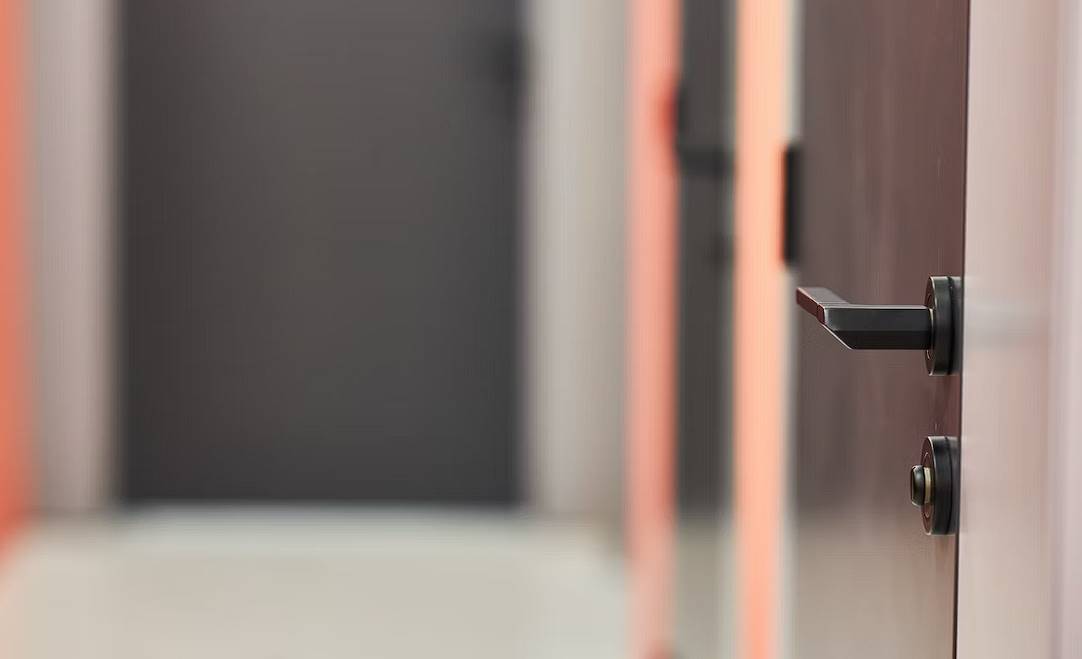
Access Control Methods for Doors
Access control encompasses every type of keyless entry system. Some are more technologically advanced than others, and each has its own benefits and cons. There are a number of options besides keys for gaining entry to a building; however, the following are the most common:
Keypads
It's possible that keypads are the simplest option. Keypads allow organisations to utilise a single keycode and otherwise PIN code to unlock doors, eliminating the need for staff to carry real keys or keycards. All employees need to do is memorise it. In addition, each worker in a company with a more sophisticated security system can have their own secret code.
The majority of keypad systems cannot be accessed or maintained from a remote location, and they are generally not as advanced as competing systems. Setting up unique codes, regulations, and credentials may be limiting, and only the most complex and expensive keypads allow for much flexibility. In addition, when an employee leaves, it may be essential to update the lock's code, albeit this is still considerably more convenient than replacing all the locks with new hardware if keys are used.
Access Control With Key Cards
In terms of personalisation, features, and flexibility, keycard entry systems typically outperform keypads. You may expect smarter features from key card door access systems, and in most cases, these systems will be part of a broader, integrated system for access control that allows you to define rules and manage other relevant data.
Keycard locks, in contrast to keypads, still necessitate a physical credential, such as a prox card, swipe card, or smart card, in order to get access. These are far more adaptable and easier to replace if misplaced than conventional hard keys, although they still get lost. However, they can be far more practical in cases where an employee leaves or a single key is lost, as the system administrator can easily ban just that card.
Combining Mobile IDs with Smart Locks
The most cutting-edge form of keyless entry system may be a smart lock equipped with mobile credentials that permits full personalisation, remote access, and phone-based door unlocking. Along with being lockable & unlockable by smartphone, many smart locks & wireless systems for access control will also accept multiple types of credentials, including swipe cards and otherwise prox cards.
While many of these systems rely on cloud computing, others make use of Z-Wave, Bluetooth, or Wi-Fi to do this. Most of them require the device to be in close proximity to the lock in order to function, limiting their usefulness to relatively short distances.
Access Control Systems Requiring a PIN
The use of PIN coder readers is becoming increasingly popular in commercial security systems, despite the fact that there are many other types of access-control credentials & readers available. One of the most convenient and inexpensive ways to upgrade your access control is by installing PIN code readers. Here, you'll learn how they can assist you in accomplishing the same goals.
Technology That Uses Fingerprints as a Biometric
It only makes it reasonable that biometric scanners will become a popular trend in the security industry. When it comes to access control technology for commercial security systems, the greatest challenge isn't developing novel approaches to locking doors but rather developing more foolproof methods of establishing one's identification. It is possible to pry out PINs, duplicate cards, and steal keys. A biometric scanner's identifying features are difficult to fabricate, yet no security solution is foolproof.
Measurement of live organisms, or more specifically, human anatomy, is what the term "biometrics" refers to. Although this is simple for humans to do, it is a much more involved process to train a computer to recognise a person; hence the process is typically split down into more manageable parts. Some of the most popular biometric scanners are made for fingerprints, but computers may be taught to recognise retinas, voices, and even faces.
IP Access Control Systems
At their most fundamental, IP Access Controls are not unlike more conventional forms of Access Control in that they use user authentication to permit or refuse access to certain doorways in accordance with the permissions & protocols set forth on a local server. Typically, they link to the access control network via Ethernet.
Access Control Installation: Things to Think About
There are several factors to take into account when determining which access control system is best for your property.
Here are some things to think about when setting up your access control system:
- Security requirements vary from one property to the next because no two buildings serve the same purpose. Determine what threats, both inside and outside the organisation, you must guard against. Don't forget to think about how many entrances you need to monitor. Find out what kind of safety measures your system for access control should take care of by answering these questions.
- Both wired and wireless access control systems are available, and both have their advantages and disadvantages. While wired systems for access control may be more expensive to instal in an existing facility, they are less likely to experience connectivity issues. Wireless systems, often called cloud-based systems, are preferable for retrofitting into pre-existing structures because of their low upfront cost and minimal maintenance requirements.
- Certification or License: Credentials used by a system for access control can range from key cards and fobs to PIN codes and mobile phones, even biometric scans. Choose whatever it is that you like best from among these possibilities. Selecting a system for access control that can work with a wide variety of credentials is highly recommended. In the event that a tenant loses their fob, they can use their phone as a replacement key to enter the building. As a result, even if one entrance is closed, they will still be able to enter the building through some other method.
- Finally, as with any purchase, money is a big consideration. The most blatant are, of course, the initial investments in things like equipment and human labour. However, after-installation expenses should not be overlooked. Even while the cost of replacing a single key card or fob is minimal, it can rapidly add up. On top of that, the software powering your system of access control may require ongoing payments once it has been released.
How to Set-up an Access Control System in 5 Easy Steps
Knowing the steps involved in installing access control will help you feel more at ease on installation day.
The five-step process of deploying a system for access control includes the following:
- Develop a strategy for the setup
- Arrange for the Access Control to be set up
- Set the system up
- Test and inspect
- User boarding
Develop a Strategy for the Setup
After you've hired an installer, they'll do a thorough inspection of your home or business to formulate an installation strategy and check that the existing structure is suitable for the system you want to instal.
Problems during installation can be lessened with proper planning. It also aids in spotting any problems that could arise in your home throughout the installation process.
Arrange for the Access Control to Be Set Up
The hardware must be installed when the design and planning phases are complete. Your system's installer will work with several components, some of which may be unique to your setup.
Installation hardware may consist of the following:
- Devices used to regulate the operation of a door
- The sources of energy
- Readers for cards and fobs
- Keypads
- Locks
- Wiring
The total installation time per entrance might range from a few hours to as little as 30 minutes, depending on the complexity of the system.
Set the System Up
After that, your technician will hook up your system now to the internet (only when necessary) and enter your home's specific data. After initial testing, the installer will take over control of the system to your team via the administrative accounts they created.
Test and Inspect
Your installer will conduct checks and tests at various points during the installation. However, until all the gear is set up, a thorough check and test cannot be performed.
Your installer will test the readers and the door's operation with both valid and invalid credentials. At the same time, they will perform a complete check of the system to ensure it is operating properly. The installer is obligated to fix any issues promptly upon discovery. Calibrations in software or hardware may be required.
However, before handing over the keys to your new access control system, your installation will give it a complete inspection and test.
User Boarding
At last, you'll be onboarded and given a thorough tutorial on how to operate every aspect of the system the installer has set up. In order to avoid future issues for users, it is crucial to train administrators on the system.
As part of the installation process, you will be guided through the interface to learn how to manage tenants and modify permissions. In addition, after you've gotten the hang of the access control system, you'll find a plethora of other controls at your disposal.
After that, you may begin training additional employees to use the system effectively.
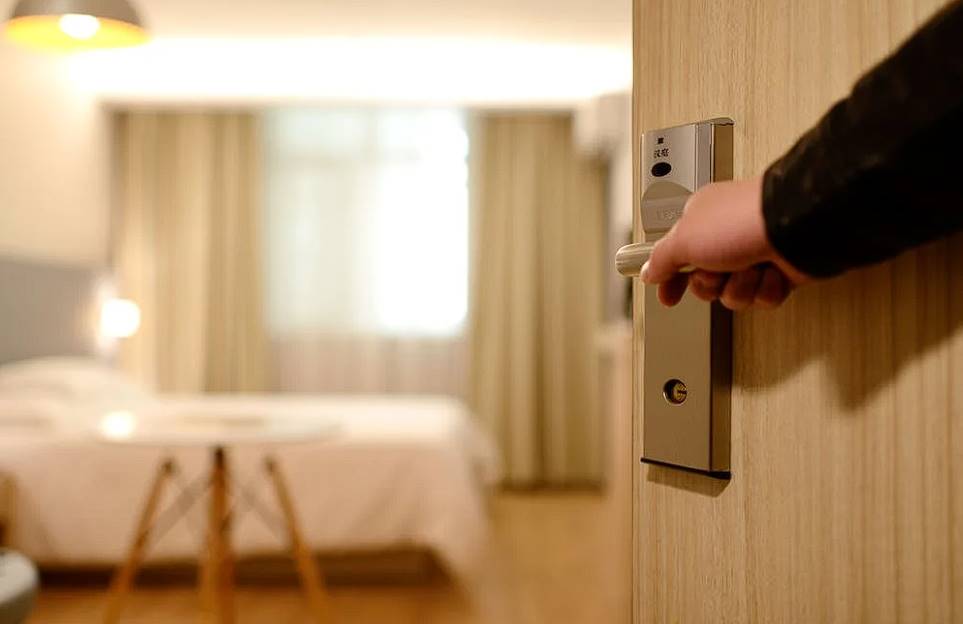
Checklist for Setting up Access Control
Having a checklist to follow can greatly simplify complex access control installation jobs.
Check out these items for a smooth installation of your access control system:
- Find out how secure your property needs to be before looking at different access control systems.
- Consider the building's wiring, your budget, and your security needs when deciding between a wired and wireless access control system.
- Pick any or all of the following credentials that work best for you: a fob, PIN code, card, smartphone, or biometric scan.
- Your access control system provider or manufacturer can put you in touch with a qualified installer.
- Feel free to enquire about any aspect of the system, the setup procedure, or the project in general.
- Make a quote request.
- Book a time for the set-up!
Conclusion
The most critical information provided in this text is about the steps to take before installing an access control system for a business's security. Access control systems come in many varieties, each with its own set of advantages and disadvantages, capabilities, integration choices, and uses. Every business that handles private customer information or keeps sensitive data in a locked vault needs a reliable access control system to monitor who comes and goes and what credentials are given and received. Controlling who is allowed in and out of a building, and at what times, is a crucial part of any security system, and modern access control systems can be managed from a smartphone app. A keyless entry system is the bare minimum, but even that has its pros and cons.
The vast majority of today's buildings have keypads rather than traditional door locks, allowing staff to enter with a single keycode and PIN. But only the most complex and pricey keypads allow for much flexibility, and they can't be accessed or maintained remotely. Physical credentials like a prox card, swipe card, or smart card are needed to unlock a door secured with a keycard lock. Both swipe cards and alternative prox cards can be used with smart locks and wireless access control systems. There is no more state-of-the-art keyless entry system than one that combines Mobile IDs with Smart Locks.
PIN coder readers are rapidly gaining popularity as a simple and low-cost means of improving access control in commercial security systems. There are a variety of security measures that can be implemented, from biometric scanners and IP Access Control Systems to wired and wireless access control systems, and the needs of each individual property are different. Choosing the right access control system for your property requires careful consideration of a number of factors. Because of their low installation and ongoing maintenance costs, wireless access control systems are ideal for retrofitting into already-existing buildings. Access control system deployment entails five stages: planning the deployment, scheduling the deployment, testing and inspecting user boarding, and scheduling hardware installation.
Cost is a major factor to think about, as the preliminary outlay for machinery and labour can add up quickly. When problems arise during installation, careful preparation can help alleviate them. Depending on the complexity of the system, the total installation time per entrance can be anywhere from a few hours to as little as 30 minutes. The installer will be responsible for connecting the system to the internet, taking control of the system, testing and inspecting the readers and door's operation, training administrators on the system, guiding users through the interface, and training additional employees to use the system effectively. Having a checklist to follow while installing access control equipment can make even the most challenging tasks much easier to handle. Identify the level of security required for the premises before shopping for an access control system; take into account the building's wiring, budget, and security requirements; and select the credential that best suits your needs from among a fob, PIN code, card, smartphone, or biometric scan.
Content Summary
- Regardless of the specifics of the industry or nature of the organisation, a proper access control system is necessary for every enterprise dealing with sensitive customer information or maintaining secure data storage.
- Because a properly installed access control system may prevent unwanted visitors from entering sensitive areas of your building and record footage of any credential exchanges that do take place.
- Installing a security system with access controls is the key.
- In terms of personalisation, features, and flexibility, keycard entry systems typically outperform keypads.
- The most cutting-edge form of keyless entry system may be a smart lock equipped with mobile credentials that permits full personalisation, remote access, and phone-based door unlocking.
- Along with being lockable & unlockable by smartphone, many smart locks & wireless systems for access control will also accept multiple types of credentials, including swipe cards and otherwise prox cards.
- The use of PIN coder readers is becoming increasingly popular in commercial security systems, despite the fact that there are many other types of access-control credentials & readers available.
- One of the most convenient and inexpensive ways to upgrade your access control is by installing PIN code readers.
- When it comes to access control technology for commercial security systems, the greatest challenge isn't developing novel approaches to locking doors but rather developing more foolproof methods of establishing one's identification.
- A biometric scanner identifying features are difficult to fabricate, yet no security solution is foolproof.
- Some of the most popular biometric scanners are made for fingerprints, but computers may be taught to recognise retinas, voices, and even faces.
- Security requirements vary from one property to the next because no two buildings serve the same purpose.
- Determine what threats, both inside and outside the organisation, you must guard against.
- While wired systems for access control may be more expensive to instal in an existing facility, they are less likely to experience connectivity issues.
- Selecting a system for access control that can work with a wide variety of credentials is highly recommended.
- Knowing the steps involved in installing access control will help you feel more at ease on installation day.
- After you've hired an installer, they'll do a thorough inspection of your home or business to formulate an installation strategy and check that the existing structure is suitable for the system you want to instal.
- The total installation time per entrance might range from a few hours to as little as 30 minutes, depending on the complexity of the system.
- After that, your technician will hook up your system now to the internet (only when necessary) and enter your home's specific data.
- After initial testing, the installer will take over control of the system to your team via the administrative accounts they created.
- Your installer will conduct checks and tests at various points during the installation.
- However, before handing over the keys to your new access control system, your installation will give it a complete inspection and test.
- At last, you'll be onboarded and given a thorough tutorial on how to operate every aspect of the system the installer has set up.
- In order to avoid future issues for users, it is crucial to train administrators on the system.
- Having a checklist to follow can greatly simplify complex access control installation jobs.
- Find out how secure your property needs to be before looking at different access control systems.
Frequently Asked Questions
Access control systems are quite common in many settings, such as businesses, schools, hospitals, and other organizations. These systems are used to control access to buildings, rooms, or other areas by using a variety of methods, such as keycards, biometric scanners, or PIN codes. Access control systems can be used to ensure that only authorized personnel are able to enter certain areas, and can be an important security measure to prevent unauthorized access. Access control systems are also used in residential settings, such as gated communities or apartment buildings, to control access to common areas or individual units.
The primary purpose of an access control system is to control access to buildings, rooms, or other areas by authorizing or denying entry to individuals based on their identity and the level of access they are granted. Access control systems can be used to protect physical assets and prevent unauthorized access to sensitive or restricted areas. They can also be used to ensure that only authorized personnel are able to enter certain areas, and to track the movements of individuals within a facility.
In addition to security, access control systems can also be used for other purposes, such as controlling access to resources or tracking attendance at events. Access control systems can be integrated with other systems, such as time and attendance systems, to provide a comprehensive security solution.
Access control systems can be an effective and safe way to control access to buildings, rooms, or other areas. However, like any security system, access control systems can be vulnerable to security breaches or failures if they are not properly designed, implemented, and maintained. It is important to carefully evaluate the security needs of an organization and choose an access control system that is appropriate for the level of security required.
To ensure the safety and security of an access control system, it is important to follow best practices in its design and implementation, such as using strong and unique passwords, regularly updating software and firmware, and properly training users on how to use the system. It is also important to regularly review and update the system to ensure that it continues to meet the security needs of the organization.
Access control systems are not typically regulated by government agencies in the same way that other security systems, such as fire alarms or security cameras, are regulated. However, in some cases, access control systems may be subject to regulatory requirements depending on the specific industry or sector in which they are used.
For example, access control systems used in certain industries, such as healthcare or finance, may be subject to regulatory requirements related to the protection of sensitive information. In these cases, access control systems may need to meet certain standards or requirements in order to ensure the security and confidentiality of sensitive data.
In addition, access control systems may be subject to local building codes or other regulations related to the construction and operation of buildings. It is important to consult with local authorities and industry-specific regulatory agencies to determine any applicable requirements for access control systems in a particular setting.
It is difficult to accurately estimate the error rate of access control systems because it can vary widely depending on the specific system, its design and implementation, and the environment in which it is used. In general, modern access control systems are highly reliable and are designed to minimize errors.
However, like any security system, access control systems can potentially experience errors or failures due to various factors, such as technical malfunctions, human error, or security breaches. For example, an access control system may experience an error if there is a problem with the hardware or software, if a user enters the wrong password or PIN code, or if an unauthorized individual tries to bypass the system.
To minimize the risk of errors or failures, it is important to carefully design, implement, and maintain access control systems according to best practices, and to regularly review and update the system to ensure that it is operating effectively.


